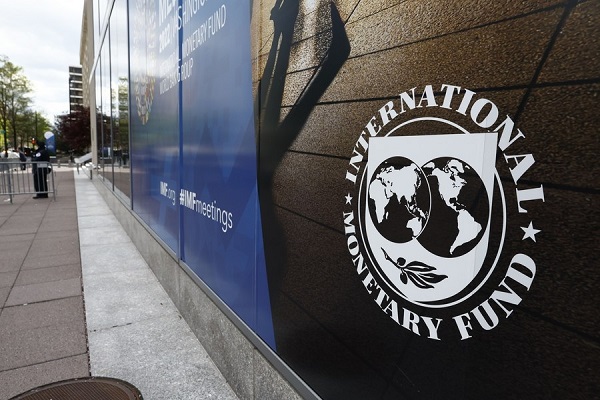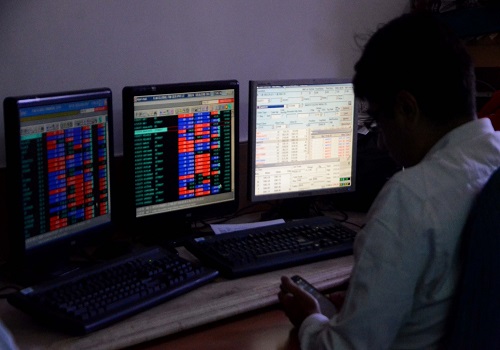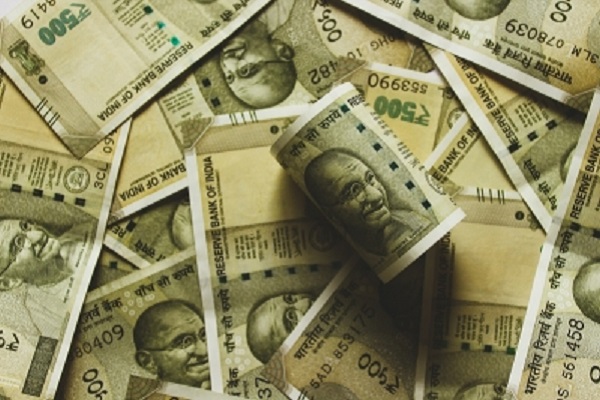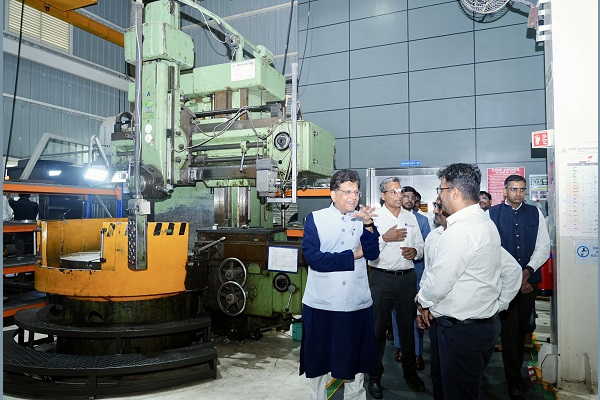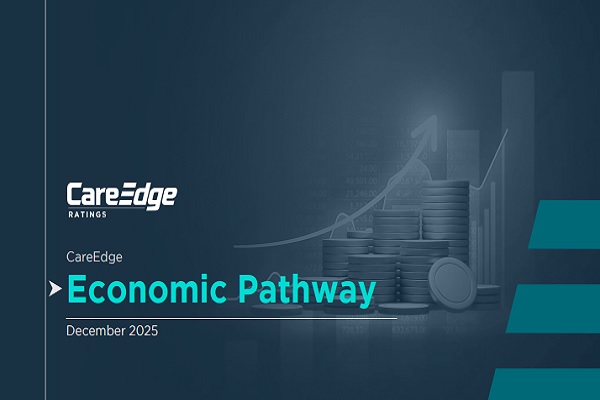LPG Under-recoveries of OMCs Expected to Reduce by ~45% Y-o-Y in FY26: CareEdge Ratings
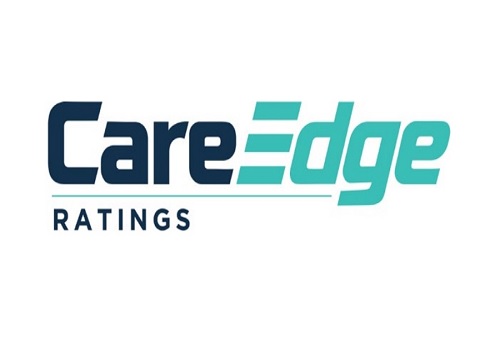
According to CareEdge Ratings, in FY25, Oil Marketing Companies (OMCs) suffered significant LPG under-recoveries to the extent of ~Rs 220/ 14.2 kg cylinder essentially because of higher LPG sourcing cost vis-à-vis its retail prices. This led to an aggregate LPG under-recovery of Rs 41,270 crore in FY25 for the three major OMCs combined, thereby exerting pressure on their profitability, as reflected in a decline in the PAT of all three OMCs from approximately Rs 85,000 crore in FY24 to approximately Rs 35,000 crore in FY25.
However, with the hike in retail LPG price by Rs 50 / cylinder (effective April 08, 2025), the LPG under-recoveries are expected to reduce by 25% in FY26. Furthermore, international LPG prices are also expected to soften due to a decline in the Saudi Contract Price (the benchmark for LPG pricing) in March 2025 and May 2025, following a fall in crude oil prices, which could lead to another ~20% reduction in LPG under-recovery in FY26. Cumulatively, the LPG under-recoveries are expected to decrease by ~45% in FY26 if crude oil prices remain around USD 65/bbl.
In India, about 90% of LPG consumption is attributed to household cooking. Industrial, commercial, and automotive account for the remaining 10%. Over the past decade, the total number of domestic LPG consumers in India doubled to ~33 crore as of April 01, 2025.
With the significant increase in the LPG consumer base, consumption of LPG has outpaced its domestic production, mainly because of lower LPG production by Indian crude oil refiners. This has led to an increased import dependency for LPG, accounting for ~60% of the domestic LPG requirement in FY25, compared to around 46% a decade ago.
Richa Bagaria, Associate Director, CareEdge Ratings - “In FY25, the LPG under-recoveries for OMCs soared significantly, squeezing their profitability. The combined net profit of the three major state-owned OMCs plummeted from approximately Rs 85,000 crore in FY24 to approximately Rs 35,000 crore in FY25. Such under-recoveries are expected to decrease by ~45% in FY26, benefiting from the recent LPG price hike and the anticipated softening of international LPG prices. Historically, OMCs have been compensated for LPG under-recoveries through subsidies, with a subsidy of Rs 22,000 crore provided in FY23. The profitability of OMCs remains sensitive to the timeliness of Government support for such under-recoveries.”
Hardik Shah, Director, CareEdge Ratings - “In FY26, OMCs are expected to experience lower refining margins due to a weak global demand scenario for end products, while their fuel retailing margins are expected to expand on the back of lower crude oil prices, while pump prices remain largely stable. LPG under-recoveries are also expected to decline materially in FY26, following the recent price hike per cylinder. At the same time, reduction in LPG under-recoveries in FY26 would also be critically dependent on a reduction in LPG sourcing cost. Further, with the recent increase in excise duty by Rs 2/litre from April 08, 2025, the Government is expected to mop up incremental ~Rs 33,000 crore, which can be passed on to OMCs for their LPG under-recoveries in FY26.”
Above views are of the author and not of the website kindly read disclaimer
